Miller CNC was founded in 2007 and initially serviced several local companies. As the business grew and our reputation for technical expertise spread the focus became 5 Axis complex part and hard metal machining, serving primarily the Aerospace industry. We believe the customer receives the best value from a company that is employee-centric so we relentlessly invest in culture, talent and technology in order to exceed our customer’s high expectations.

Challenges
GOAL – Despite MillerCNC’s growth over the years, there are a few challenges that need to be addressed:
- Machinists are too busy to report activity on the machine level
- It’s hard to evaluate how much setup time is required for each job
- For company of this size, shop floor manager is usually overwhelmed by repetitive daily tasks and lacks the time to thoroughly monitor the productivity
- Shop owner wants to know how much each equipment is used to plan for resource allocation and pricing
EXPECTATIONS – Expecting a monitoring solution to help overcome these challenges, MillerCNC’s president Todd Cuffaro expects MATA to provide a system that can accurately track the shop floor status without the need to scan job cards.
Approaches
Step 1 – Install Mata’s machine monitoring solution allows for transparent shop floor performance
MillerCNC has three main sectors – the lathes, 3-axis, and 5-axis milling machines. Since the goal is to monitor the whole shop floor, each machine needs to be monitored by the MATA system. Because several MillerCNC’s machines are connected to the network, we are able to use single IoT device for all the connected ones to simplify and optimize the data uploading process.
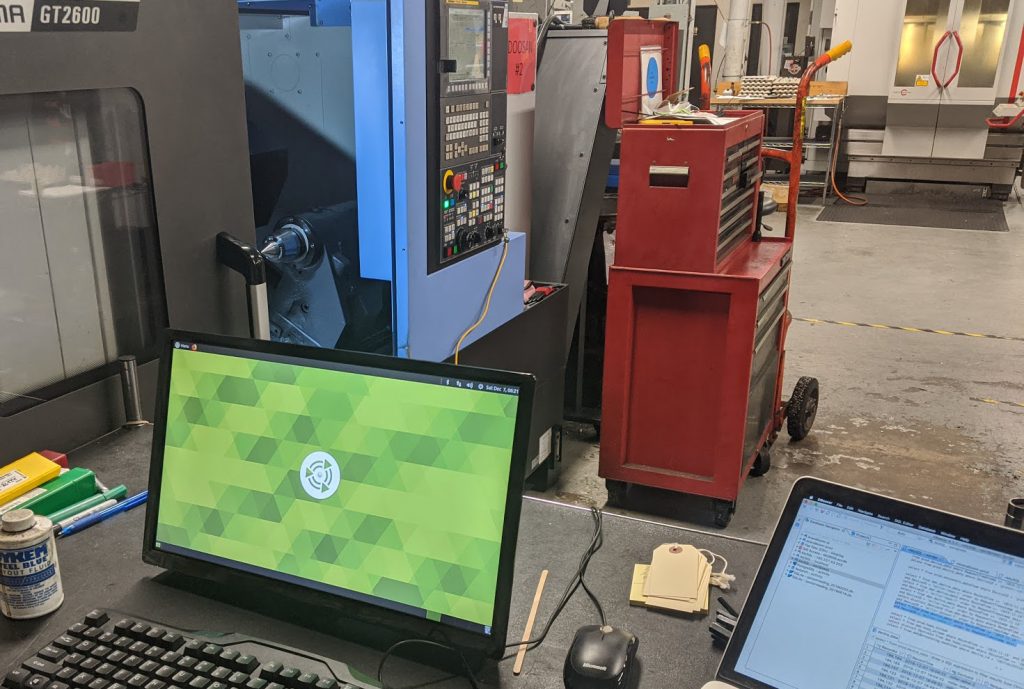
Step 2 – Owner uses Mata’s dashboard to understand the daily/weekly/monthly status
Todd is a data-driven shop owner who desires to manage MillerCNC’s shop floor with measured numbers. In a spindle hour driven industry, it’s important for him to have full transparency on how the machines are utilized and which jobs are taking longer than expected. The following figure demonstrates a note-worthy period. In the beginning of December, the cutting hours remain around 25 daily but there’s a distinguishable difference in the utilization percentage. This means that even though the shop is outputting the same spindle hours, there are more machine idle time and there are bottlenecks need to be investigated. Later on, a flood of work came in around the middle of the month and Todd can see that not only the cutting hours have increased but also the utilization percentage. In the end, cutting hours may be determined by the work flow coming in, the utilization percentage is the index to judge the efficiency of the shop floor.

Step 3 – Weekly summary and alert emails get sent to the owner and manager when a machine’s utilization is low.
Todd chose to receive the weekly summary in the pdf format for better archiving and management. In the pdf report, we include not just the spindle hours but the shop floor map visualization as well.
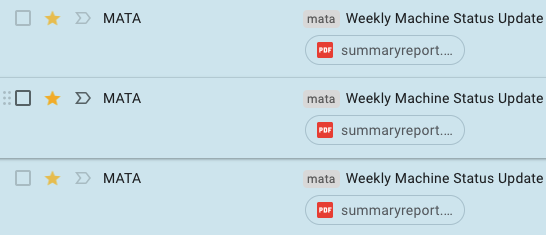
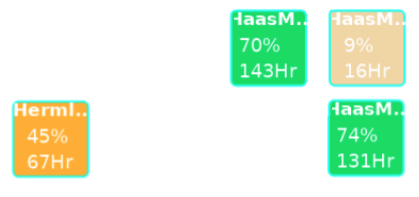
Step 4 – ERP integration removes a lot of repetitive tasks from the shop floor manager
MillerCNC uses on-premise Shoptech E2, which requires an onsite computer to install a data-syncing program. By comparing the scanning record and the measurement, we can find out which department actually consumes more spindle hours than others.
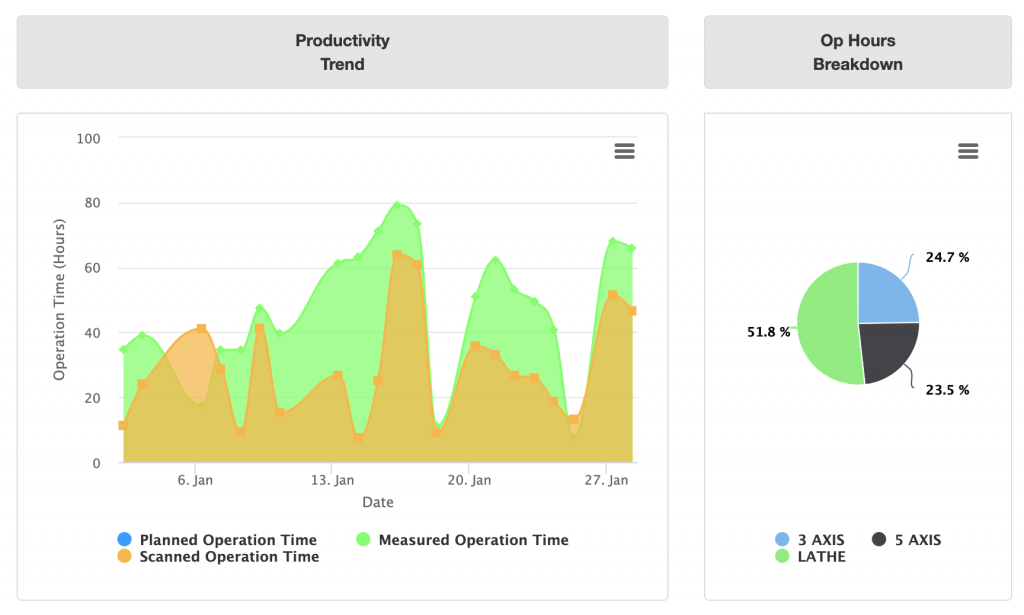
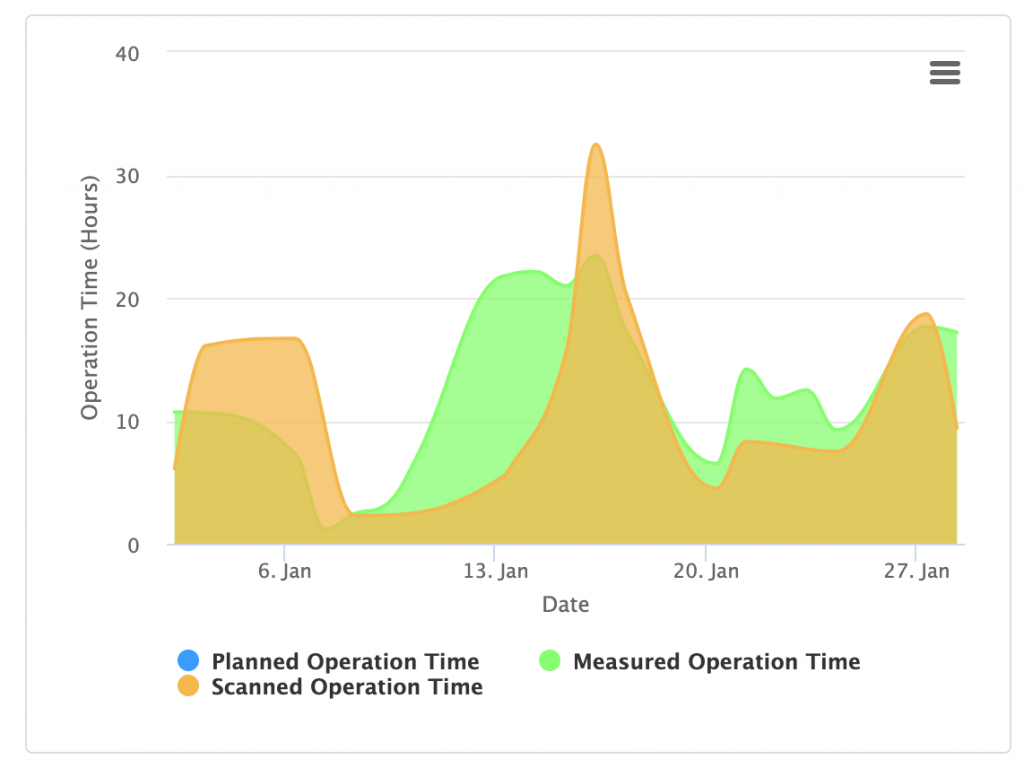
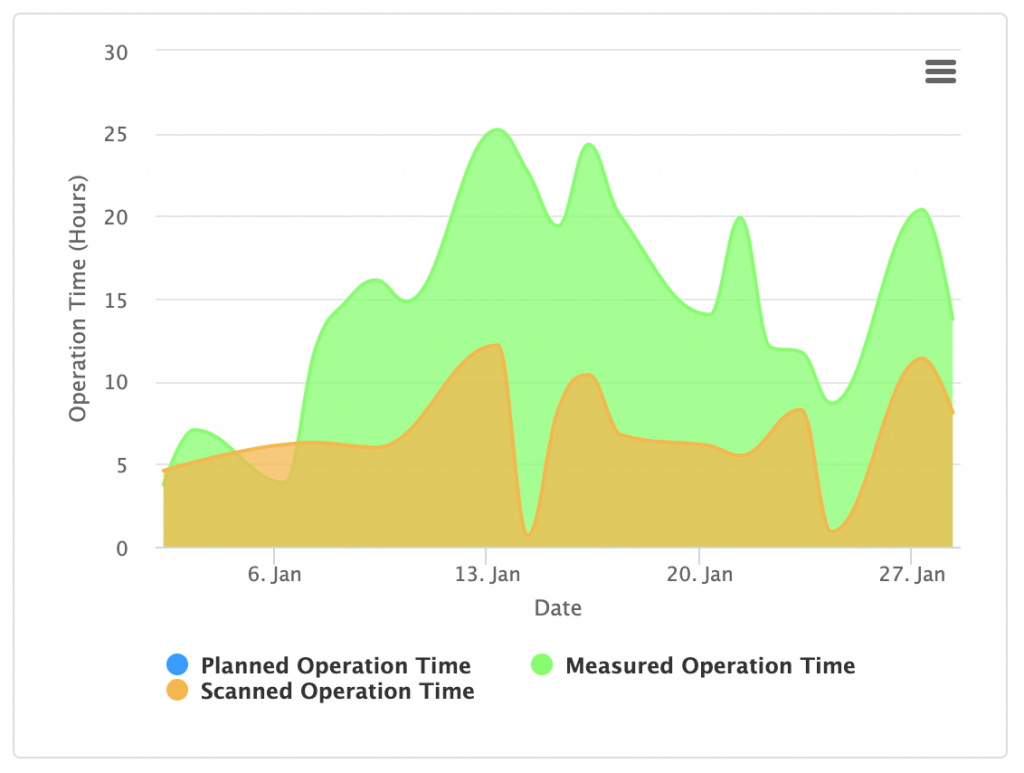
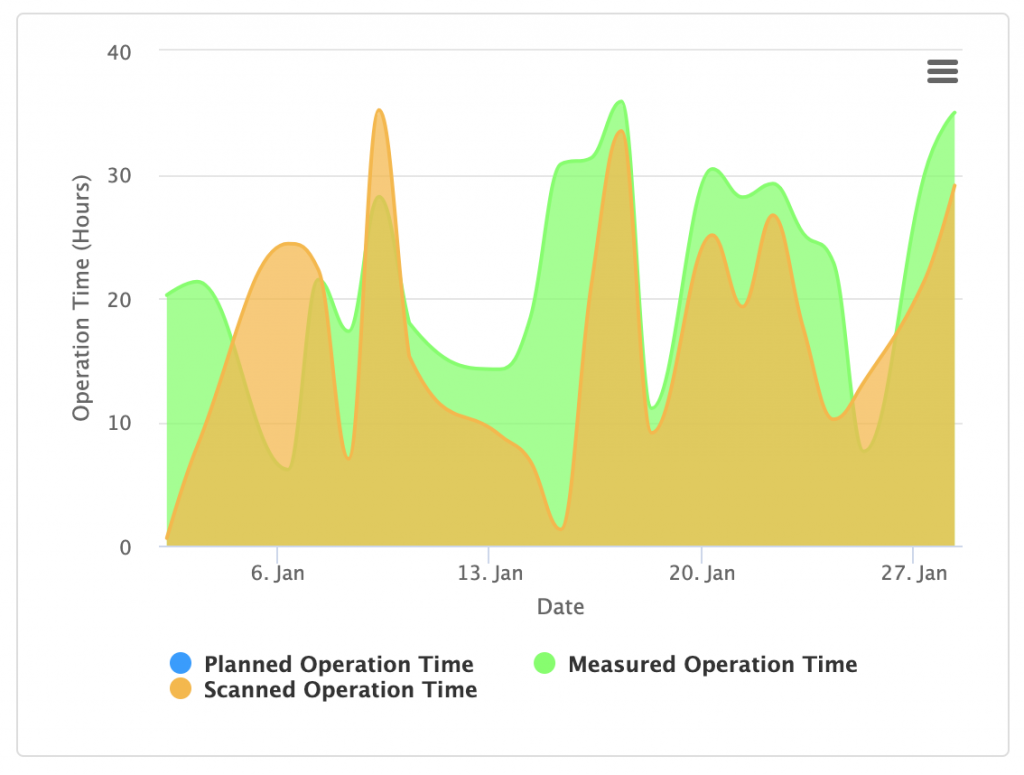
Results
Within two months of integration, the integration generates $30,000 worth of productivity per month, 29X ROI. MillerCNC was able to achieve record-high spindle hours within the two months time frame. Furthermore, Todd is able to evaluate personnel performance based on objective spindle hour mesurements.
Future Plans
Through this collaboration, we verified that machine monitoring can benefit job shops as well as big manufactures. However, job shop owners face some unique challenges that are different from what big production line managements do – such as managing more diverse job sources, process ownership, and challenging workflow adaptation. To overcome those challenges and stay competitive, a seasoned shop floor manager can be of tremendous help. Mata is currently collaborating with shop floor managers on applying AI and predictive analytics to manage production targets and remove bottlenecks see how.
Mata Knowledge